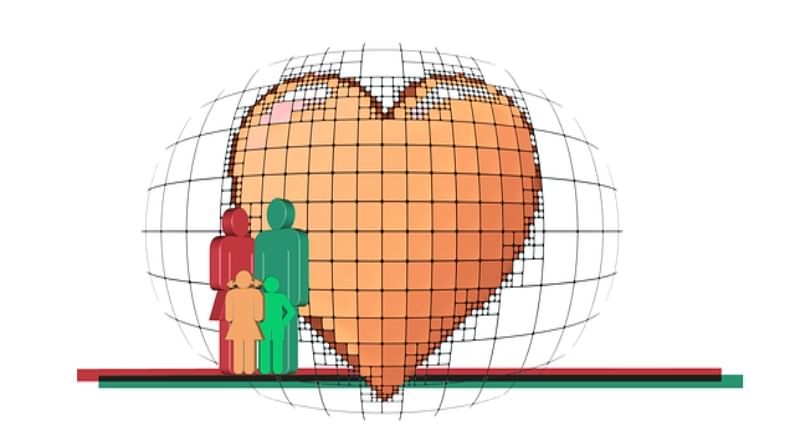Need-based analysis gives a realistic insurance assessment
It is based on the assumption that the purpose of life insurance is to cover the remaining family members' immediate financial obligations

Finding the correct life insurance policy entails calculating the actual financial needs of one’s self and family members in the event of an emergency. There are generally two methods for determining the amount of insurance required: Human Life Value (HLV) and Need-Based Analysis. The need-based analysis is also referred to as the family needs approach.
It is based on the premise that the purpose of life insurance is to cover the remaining family members’ immediate financial obligations upon the insured family member’s death, as well as their continuous financial obligations into the future. It focuses on the income and monetary needs that must be addressed in the event of an individual’s early death and compares them to available resources.
This approach categorises needs and establishes their priority. Individual and family requirements must be determined. Additionally, existing and projected future needs are calculated. Need analysis considers the insured’s actual needs and those of his dependents, whereas the HLV technique simply considers the insured’s cumulative earnings throughout his whole life.
How is it calculated?
Let’s take an example. The need-based approach is founded on two principles: How much money will be required upon death to meet monetary obligations? And how much additional revenue is required in the future to sustain the household?
Assume Mr. Sunil is trying to determine the amount of insurance he will need to provide for his wife and 3-year-old daughter. If he uses the need analysis approach, he must first determine his immediate family’s immediate needs for the balance of his years as follows:
(a) Family medical expenses: Rs 7 lakh; loans including credit cards outstanding balance: Rs 50 lakh; emergency fund: Rs 15 lakh. The total amounts come to Rs 72 lakh.
(b) Further, Mr. Sunil has to calculate his current and future needs and expenses of his family that include: needs and education expenses for his daughter for 20 years: Rs 30 lakh; his spouse needs for the next 30 years if she is a non-earning member: Rs 1 crore. Total: Rs 1.30 crore.
(c) By adding both the subtotals, the sum is Rs 2.02 crore; this is the amount that his family would need should in case of his death. =(a) + (b)
(d) Also, he has to estimate the total assets available with him, i.e., his assets are bank deposits: Rs 7 lakh; investments in stocks, mutual funds, and fixed deposits, retirement savings: Rs 4 lakh; Public Provident Fund: Rs 10 lakh; existing insurance cover: Rs 9 lakh. Subtotal: Rs 30 lakh.
(e) This means his actual life insurance need is the difference between his family needs i.e., Rs 2.02 crore, and his existing assets is Rs 30 lakh will come to Rs 1.72 crore. =(c) – (d)
That said, for Mr. Sunil, his actual life insurance need would come to Rs 1.72 crore. This approach gives a realistic assessment of life insurance needs by thoroughly assessing your family’s projected spending during various time periods following the insured’s death.